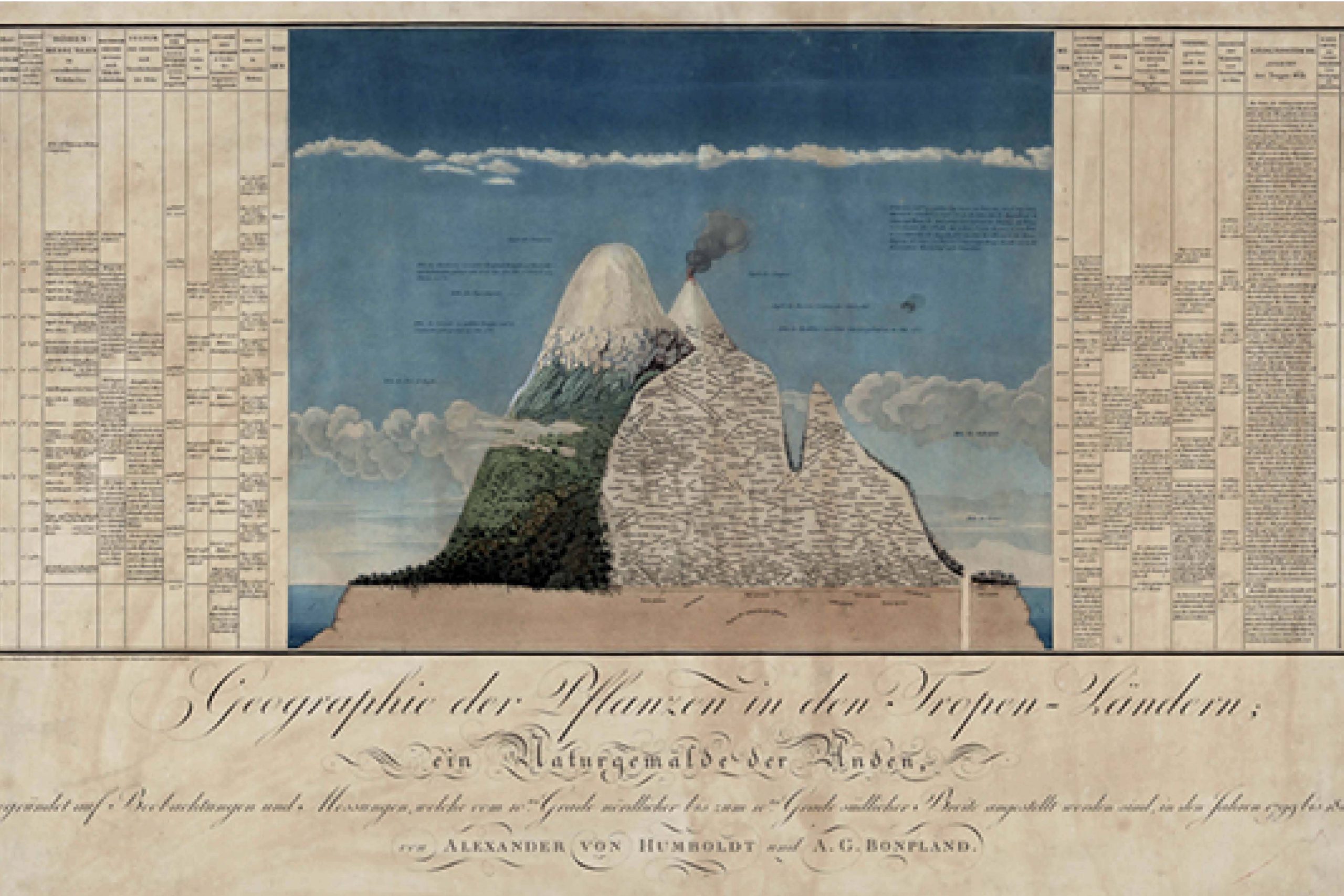Z okazji 100-lecia Polskiego Towarzystwa Botanicznego ukazał się artykuł autorstwa prof. Nowaka i jego małżonki, dr hab. Sylwii Nowak, prof. UO o geobotanice. Autorzy wskazują, że marzenia Aleksandra von Humboldta o klasyfikacji roślinności Ziemi wciąż się nie spełniły. Nadal nie znamy całkowitej liczby typów roślinności ani różnicy we wzorcach rozkładu różnorodności nad i pod ziemią, nie potrafimy także przewidzieć wszystkich skutków działalności człowieka na roślinność. Nie znamy również kulturowego znaczenia wielu zbiorowisk roślinnych w rozwoju ludzkich populacji i cywilizacji. Autorzy wyrażają pogląd, że ponieważ istnieje tak wiele luk w naszej wiedzy geobotanicznej i tak wielu młodych badaczy wciąż z zachwytem patrzy na bezkresne stepy, bujne lasy deszczowe, wysokie ziołorośla lub kolorowe łąki, to nie ma wątpliwości, że geobotanika wciąż będzie kwitnącą i rozwijającą się dyscypliną.

Abstract
The dreams of Humboldt and many of his successors have not yet come true. Despite the great achievements of the last century, we still do not know the total number of vegetation types or the difference in the patterns of the distribution of diversity above and below the ground, we cannot predict all the effects of climate change on vegetation at the regional and global scale, we do not know the hidden and dark parts of species diversity in most ecosystems, nor are we able to make historical vegetation maps for many areas of the Earth. We also do not know the cultural contribution of many plant communities for the development of human populations and civilization, nor do we know the future recreational and therapeutical potential of vegetation (e.g., aromatherapy, ecotherapy). Geobotanical methods can effectively contribute to finding the answers to hot questions in current ecology. Since there are so many gaps in our geobotanical knowledge and so many young researchers still speechless with delight when looking at endless steppes, lush rainforests, tall-herbs, or colorful meadows, there is no doubt that geobotany will be a thriving and developing discipline in the future. Its driving force is the passion of researchers and admiration for the beauty of various types of vegetation and their dynamics as well as awareness of the need to protect them for generations to come.
Nowak A., Nowak S. 2022. Geobotany revisited – a glimpse at the blooming and influential discipline with its strong roots in the beauty of Nature and the pragmatic need of its protection. Acta Societatis Botanicorum Poloniae 91: e912
